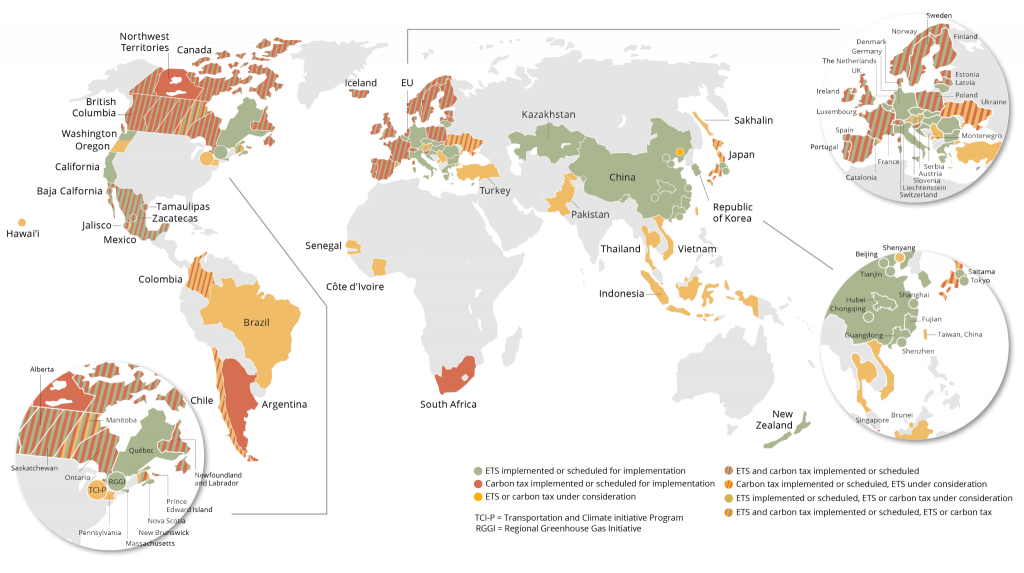By taxing emissions, it incentivizes businesses to update their operations so they reduce their contribution to global warming.
A carbon tax requires 3 key elements:
Pricing – governments must set a price on greenhouse gas emissions.
Monitoring – we need a reliable way to measure the amount of emissions released by companies.
Enforcement – taxes, fines, and other methods for enforcing the carbon tax must be put in place to keep companies honest.
Some countries have already implemented carbon taxes.
